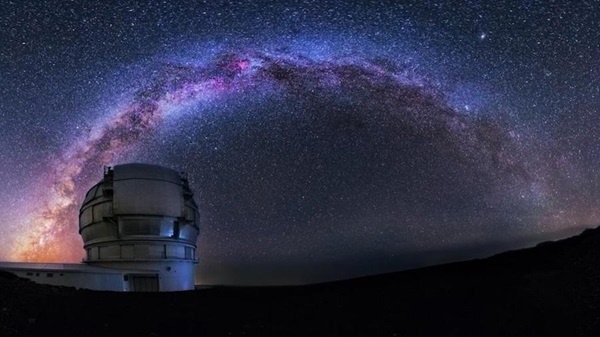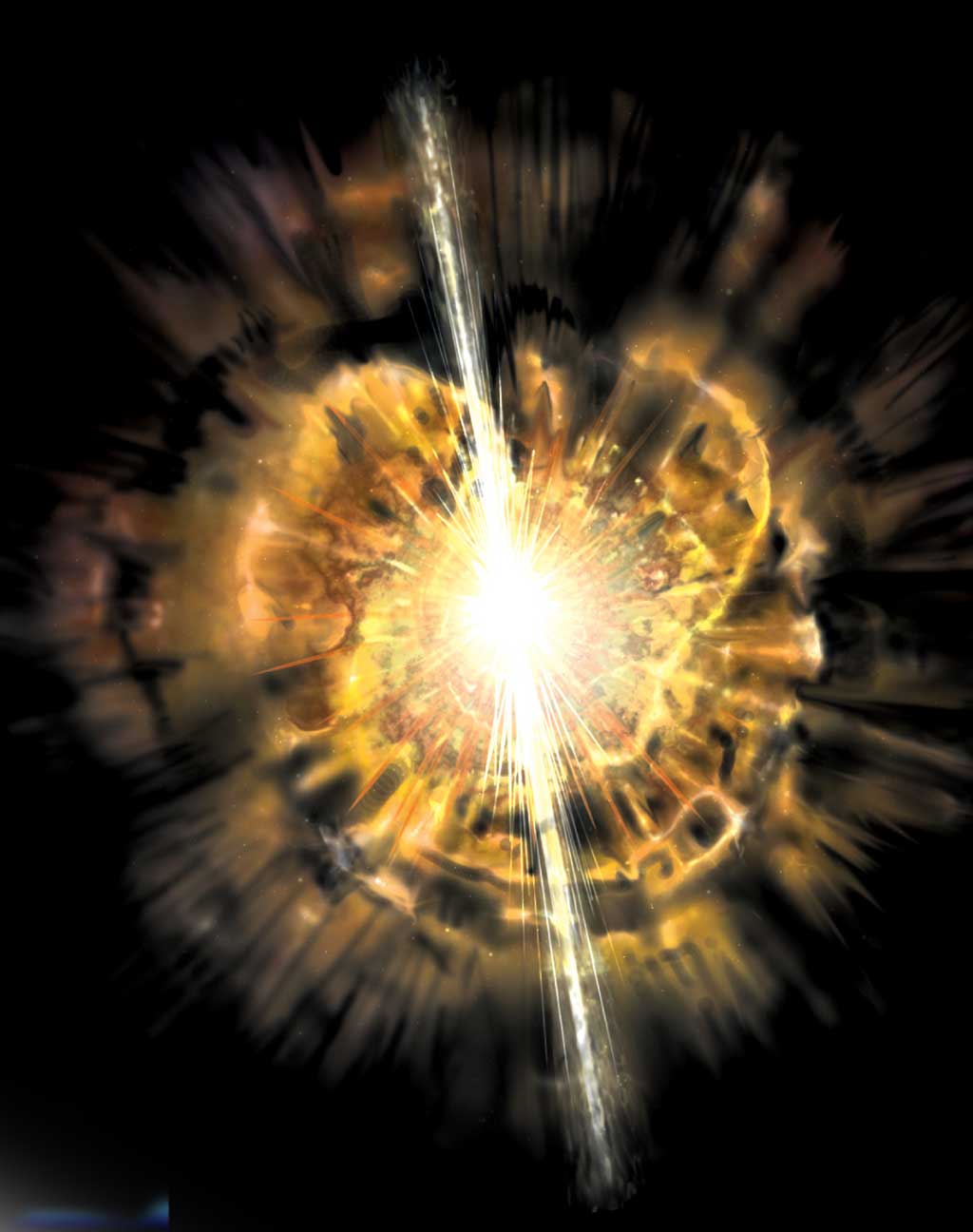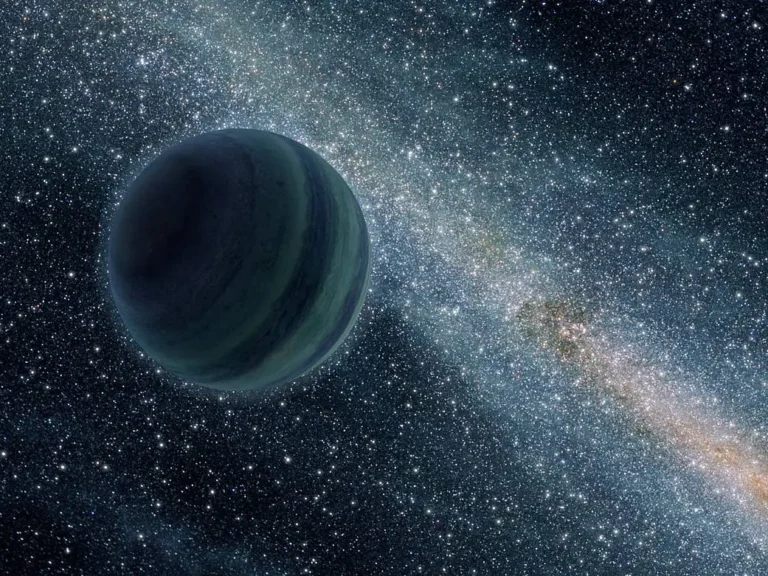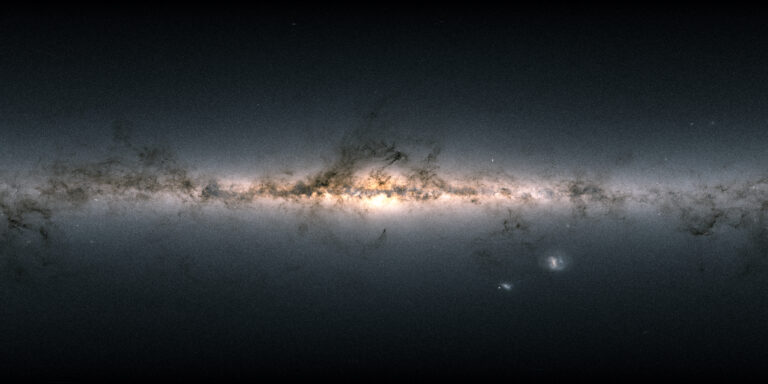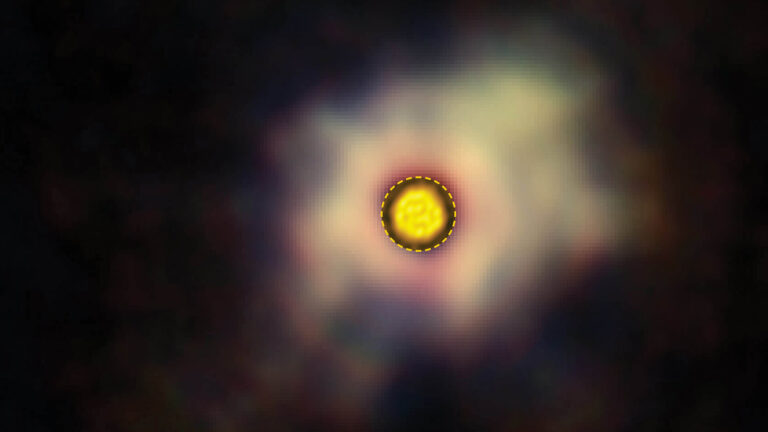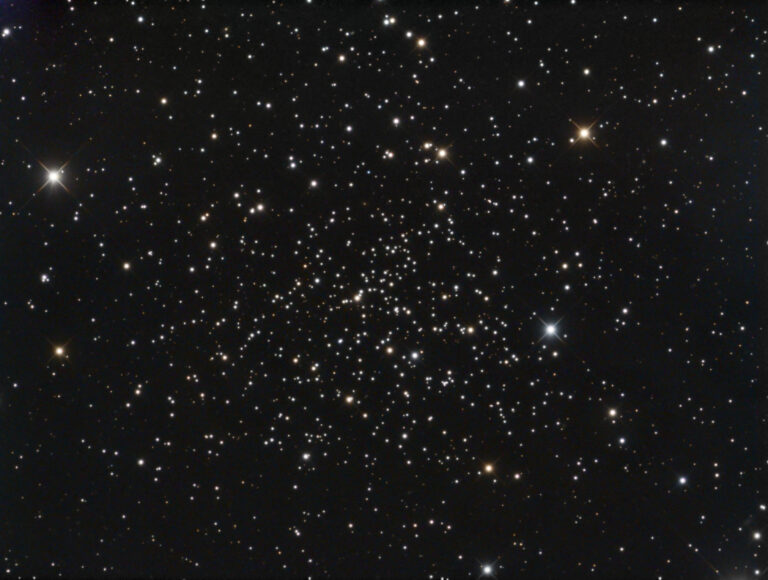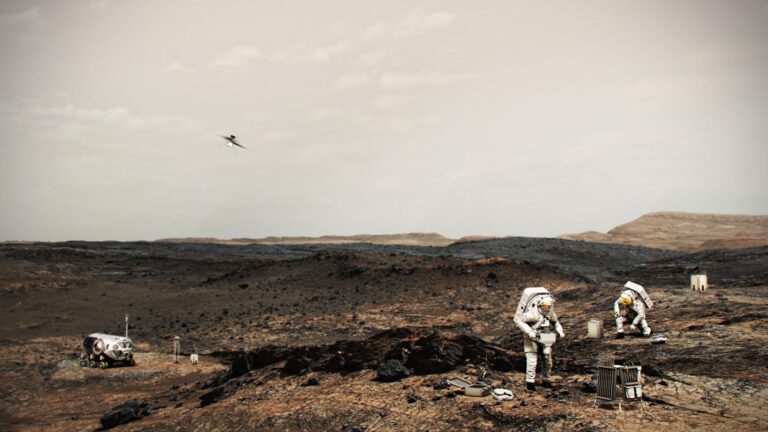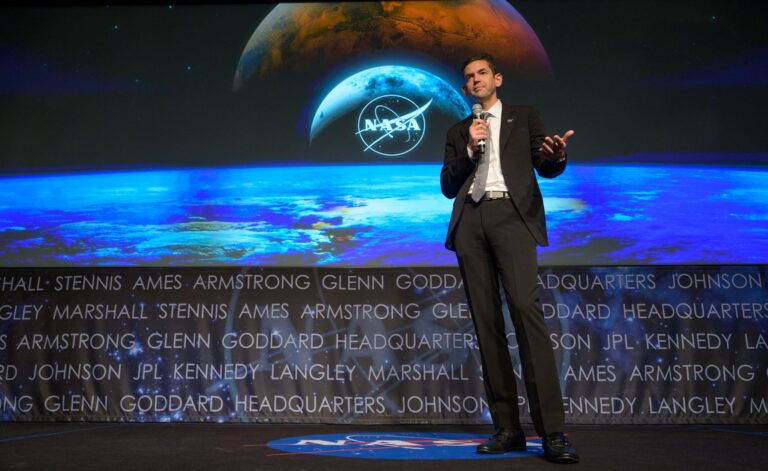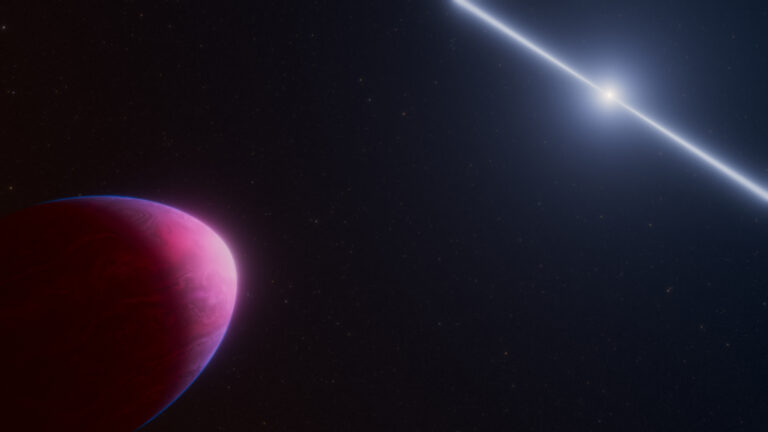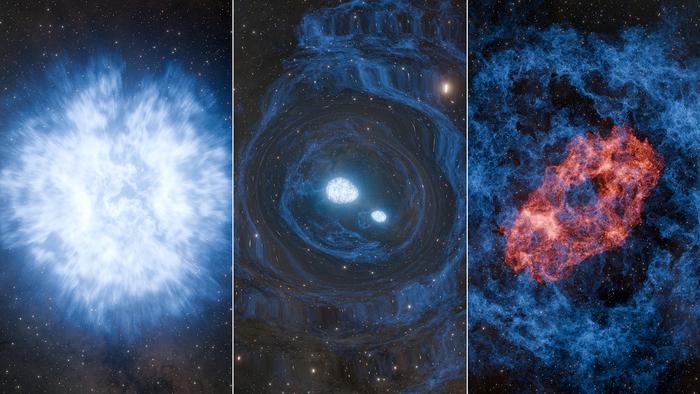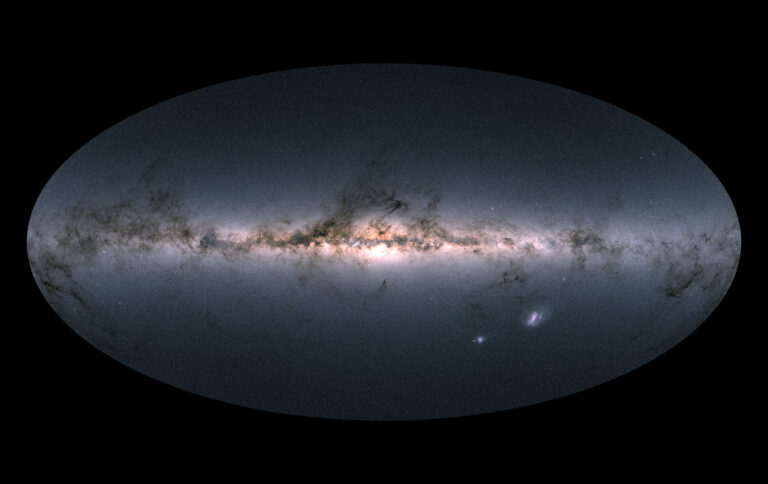Key Takeaways:
- A team of Spanish astronomers discovered J0815+4729, an unevolved, low-mass star located 7,500 light-years away in the Milky Way's halo, identified as one of the first stars formed in the galaxy approximately 300 million years after the Big Bang.
- Spectroscopic analysis revealed J0815+4729 to be exceptionally iron-poor, containing roughly a million times less calcium and iron than the Sun, while simultaneously exhibiting a comparative abundance of carbon, nearly 15 percent more than the Sun.
- The star was initially identified through its low metallicity in data from the Sloan Digital Sky Survey (SDSS), with subsequent characterization of its physical and chemical properties performed using spectrographs on the William Herschel Telescope and Gran Telescopio Canarias.
- This unique elemental composition, characterized by extreme metal deficiency and carbon enrichment, strongly suggests the star formed early in the universe from material enriched by the first generation of low-metallicity supernovae.
“We know of only a few stars (which can be counted on the fingers of a hand) of this type in the halo [of the Milky Way], where the oldest and most metal-poor stars in our galaxy are found,” said David Aguado, a research student at the IAC and lead author of the study, in a press release.
The ancient star, which is only 70 percent the mass of the Sun, was initially identified from a dataset generated by the Sloan Digital Sky Survey (SDSS) — a massive survey project that has gathered deep multi-color images for about one third of sky, as well as spectra for more than three million astronomical objects. The researchers specifically selected J0815+4729 for follow-up based on its apparent lack of metals — a term which astronomers apply to any elements larger than hydrogen and helium.
Based on their spectroscopic follow-up, the team determined J0815+4729 has roughly a million times less calcium and iron than the Sun. This is important because only the earliest generations of stars have such low metallicities. Older stars, on the other hand, are formed out of the accumulated material from previous generations of stars, which produce lots of metals during their final death throes.
Although J0815+4729 is extremely deficient in calcium and iron, the researchers’ were surprised to find that the star has a comparatively large abundance of carbon, nearly 15 percent more than the Sun. Though it may seem counter-intuitive, previous research suggests that low-mass, extremely metal-poor stars likely develop an overabundance of carbon by accreting it from the first generation of low-metallicity supernovae, which lived very short lives.
“Theory predicts that these stars could form just after — and using material from — the first supernovae, whose progenitors were the first massive stars in the Galaxy, around 300 million years after the Big Bang,” said Jonay González Hernández, a researcher at IAC and co-author of the study.
Though the researchers’ have already shown that J0815+4729 is likely one of — if not the — most iron-poor unevolved stars known, they still plan to collect higher-resolution spectra of the star to help derive other important elemental abundances. By doing so, the researchers aim to provide “new fundamental constraints on the early stages of the universe, the formation of the first stars, and the properties of the first supernovae.”


